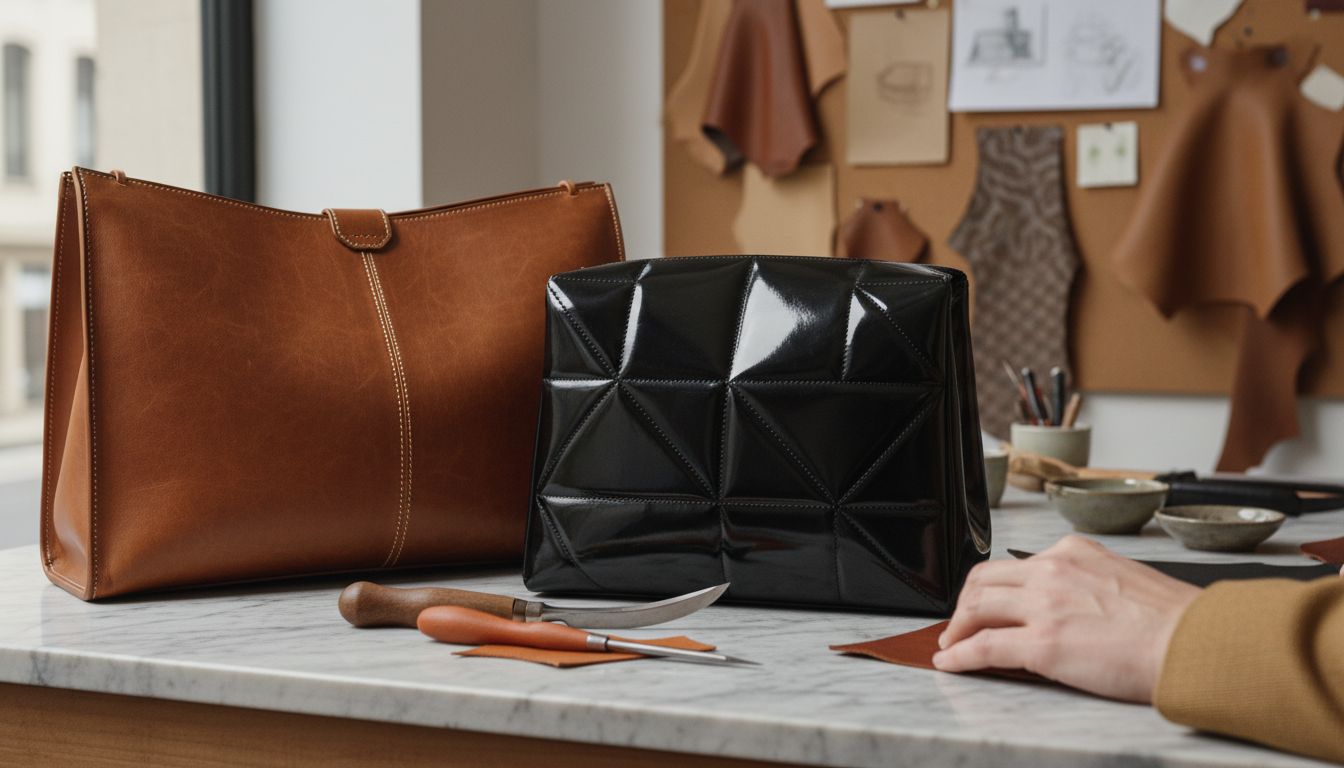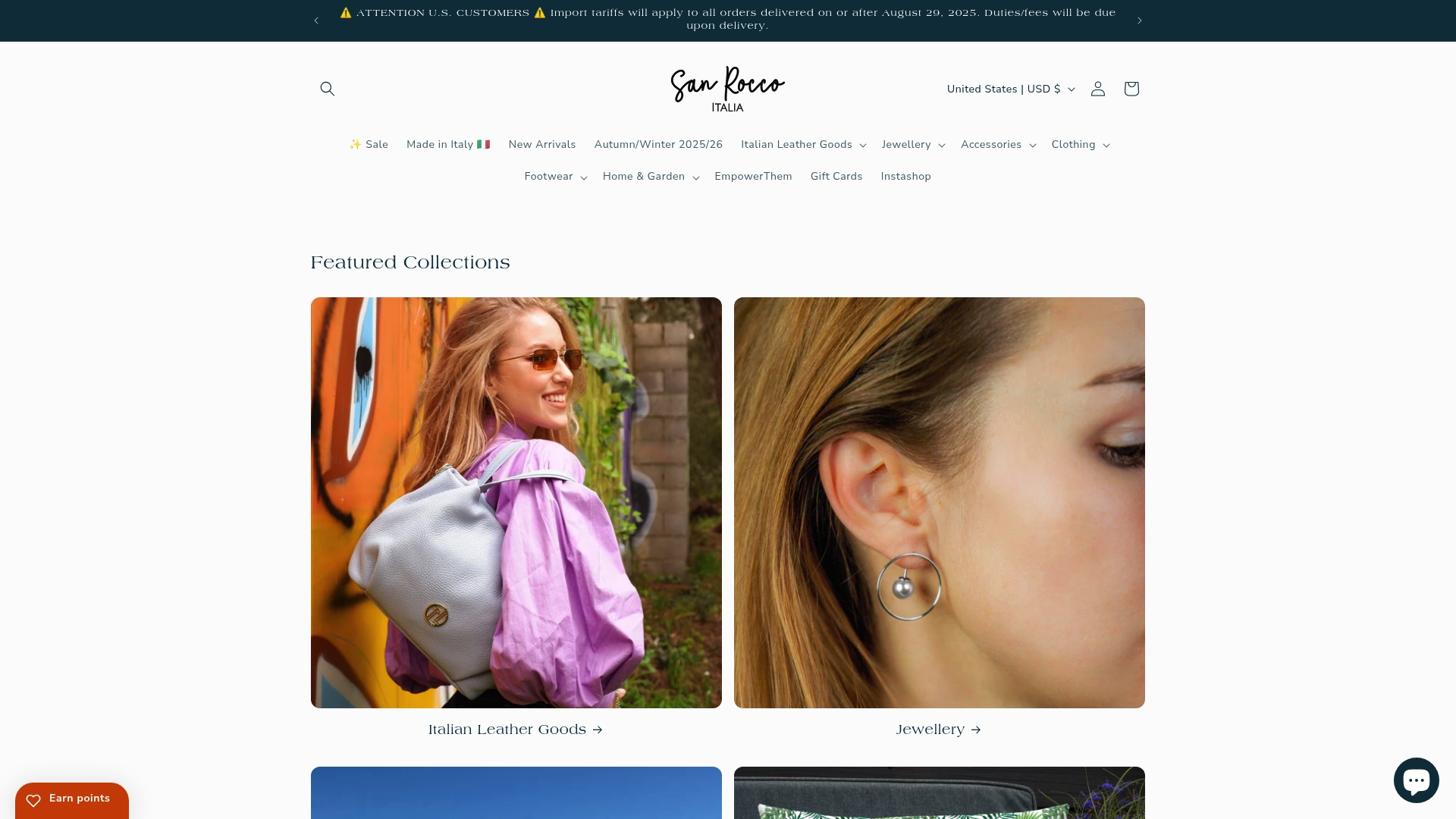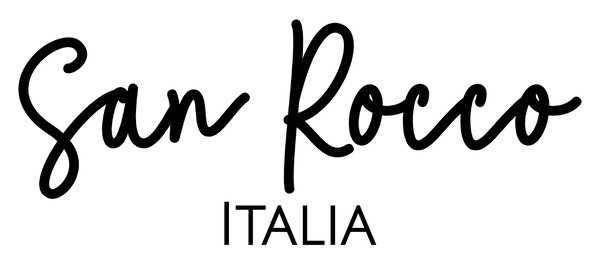
Italian vs. French Leathercraft: Complete Comparison Guide
Share
Most luxury leather goods are shaped by two legendary traditions that few truly understand. Italian and French leathercraft each carry hundreds of years of artistry, blending passion, precision, and philosophy in every stitch. With Italian craftsmanship prioritizing the purity of the material and French artisans focusing on bold innovation, the result is a world where craftsmanship can determine both value and longevity. Exploring these traditions reveals what sets the finest leather apart and why their stories hold such power.
Table of Contents
- Defining Italian And French Leathercraft Traditions
- Artisan Techniques And Signature Craftsmanship Styles
- Distinctive Materials: Sourcing And Selection Processes
- Durability, Finish, And Aesthetic Differences
- Sustainability, Ethics, And Modern Luxury Standards
Key Takeaways
| Point | Details |
|---|---|
| Cultural Heritage | Italian and French leathercraft traditions are deeply rooted in cultural narratives, showcasing unique philosophical approaches to material authenticity and design innovation. |
| Artisan Techniques | Italian craftsmanship focuses on precision and traditional techniques, while French leatherwork emphasizes architectural innovation and artistic expression. |
| Material Sourcing | Italians prioritize full-grain leather’s natural characteristics, whereas French artisans select materials for their transformative potential and architectural manipulation. |
| Sustainability Commitment | Both traditions are adapting to modern luxury demands by embracing sustainable practices, reflecting a commitment to ethical production and environmental responsibility. |
Defining Italian And French Leathercraft Traditions
Leathercraft represents a complex narrative of cultural heritage, with Italian and French traditions emerging as two distinctive pillars of artisanal excellence. Each tradition carries centuries of skill, technique, and philosophical approaches to transforming raw leather into exquisite objects of functional art.
The Italian leathercraft tradition stands distinguished by its deep commitment to generational craftsmanship. Rooted in regions like Tuscany, Italian artisans prioritise full-grain leather selection, meticulous hand-cutting techniques, and an unwavering dedication to preserving traditional methodologies. Their approach emphasises quality over quantity, with each piece representing a narrative of family expertise passed through generations. Understanding Italian Leather Craftsmanship reveals how these craftspeople view leather not merely as a material, but as a living canvas requiring respect and precision.
In contrast, French leathercraft embodies a more architectural and design-forward perspective. French artisans are renowned for their innovative structural approaches, blending technical precision with haute couture sensibilities. While Italian craftsmanship celebrates organic, natural leather characteristics, French techniques often involve more complex design interventions, intricate pattern-making, and a willingness to experiment with leather’s inherent properties. Their tradition balances technical mastery with artistic expression, creating pieces that are simultaneously functional and sculptural.
Both traditions share fundamental reverence for leather as a noble material. They differ primarily in philosophical approach: Italian craftsmanship celebrates raw material authenticity, while French craftsmanship explores leather’s transformative potential. Understanding these nuanced differences allows discerning buyers to appreciate the unique value each tradition brings to leathercraft.
Artisan Techniques And Signature Craftsmanship Styles
The artisan techniques in Italian and French leathercraft represent intricate symphonies of skill, tradition, and meticulous craftsmanship that elevate leather from a mere material to an art form. Each tradition brings a unique approach, transforming raw hide into extraordinary pieces through distinctive methodological practices.
Italian leather artisans are renowned for their precision and traditional techniques. The Pinnacle List highlights that these craftspeople employ specialized tools like skiving knives, bone folders, and diamond-tipped awls, ensuring each product represents a testament to Italy’s rich artisanal heritage. Their techniques emphasise hand-cutting, careful leather selection, and an almost meditative approach to transforming full-grain leather, with each piece telling a story of generational expertise.
French leathercraft, by contrast, distinguishes itself through architectural innovation and design sophistication. French artisans approach leather as a malleable medium for artistic expression, employing complex structural techniques that challenge traditional boundaries. Their methods often involve intricate pattern-making, experimental treatments, and a willingness to push leather’s inherent properties beyond conventional limits. This approach transforms leather from a functional material into a canvas for haute couture-inspired design.
Both traditions share fundamental principles of respect for materials and commitment to excellence. The key difference lies in philosophical approach: Italian techniques prioritise material authenticity and natural characteristics, while French techniques explore transformative potential and structural reimagination. Understanding these nuanced techniques allows discerning enthusiasts to appreciate the profound skill embedded in each carefully crafted leather piece.

Distinctive Materials: Sourcing And Selection Processes
The pursuit of exceptional leather is a nuanced art form that distinguishes Italian and French craftsmanship, where material selection becomes a critical philosophical and technical endeavour. Each tradition approaches leather sourcing with a unique perspective, transforming raw materials into sophisticated statements of cultural identity.
Italian leather sourcing represents a deeply rooted tradition of regional excellence. Artisans predominantly select full-grain leather from carefully curated herds, predominantly in Tuscan regions, where cattle are raised with meticulous attention to environmental conditions and animal welfare. Their selection process prioritises natural markings, subtle imperfections, and leather with rich, unaltered grain structures that tell a unique story. Understanding Italian Leather Craftsmanship reveals how these craftspeople view each hide as a living document, valuing transparency, minimal processing, and preserving the leather’s inherent character.
French leather sourcing, by contrast, embraces a more experimental and design-driven approach. French artisans often seek leather with specific structural properties, selecting materials that can be transformed through advanced technical interventions. Their selection process prioritises leather’s potential for architectural manipulation, seeking hides that can be precisely engineered, treated, and reimagined. This approach treats leather not just as a material, but as a dynamic medium for creative expression, allowing for more radical design transformations.
Both traditions share an unwavering commitment to quality and sustainability, though their methodologies differ dramatically. Italian sourcing celebrates natural authenticity, while French sourcing explores material malleability. Their distinctive approaches reflect deeper cultural narratives: Italian craftsmanship honors traditional agricultural relationships, and French craftsmanship champions innovative design potential.
Understanding these nuanced material selection processes reveals how geography, culture, and philosophical perspectives profoundly influence leather’s journey from raw hide to extraordinary artifact.
Durability, Finish, And Aesthetic Differences
The durability, finish, and aesthetic characteristics of Italian and French leather represent profound expressions of cultural craftsmanship, where each tradition transforms leather into a sophisticated narrative of technical mastery and artistic vision. These nuanced differences extend far beyond surface appearances, revealing deep-rooted philosophical approaches to leather’s potential.
Italian leather finishing epitomises a reverence for natural material integrity. What Is Italian Craftsmanship? illustrates how Italian artisans prioritise minimal intervention, allowing the leather’s inherent characteristics to shine through. Their finishing techniques emphasise subtle protective treatments that enhance rather than mask the leather’s original grain, resulting in products that develop a rich, nuanced patina over time. The durability stems from careful selection of full-grain leathers and traditional vegetable tanning processes that strengthen the material’s molecular structure while maintaining its breathability and natural resilience.
French leather craftsmanship, by contrast, approaches finish and durability through a lens of architectural innovation. French artisans view leather as a dynamic medium for design experimentation, employing advanced surface treatments that can fundamentally transform the material’s appearance and performance. Their finishing techniques often involve complex layering, precision engineering, and innovative protective coatings that create highly structured, almost sculptural leather surfaces. This approach prioritises design flexibility and technical performance, resulting in leather pieces that challenge traditional aesthetic boundaries.
Both traditions share an unwavering commitment to exceptional quality, yet their aesthetic philosophies diverge dramatically. Italian leather celebrates organic beauty and natural evolution, with finishes that gracefully age and tell a story. French leather embraces technological potential, with finishes that can be precisely controlled and reimagined. Their differences reflect broader cultural attitudes: Italian craftsmanship honors tradition and natural progression, while French craftsmanship champions continuous reinvention and design innovation. Understanding these nuanced approaches reveals leather not just as a material, but as a complex canvas for cultural expression.
![]()
Sustainability, Ethics, And Modern Luxury Standards
The contemporary landscape of luxury leathercraft is increasingly defined by a profound commitment to sustainability, ethical production, and environmental responsibility. Italian and French traditions are evolving, responding to growing consumer demands for transparency, ecological consciousness, and responsible manufacturing practices.
Italian leather producers have long championed traditional sustainable practices, emphasising generational craftsmanship that inherently reduces waste and promotes longevity. Their approach to sustainability centers on creating products designed to endure decades, challenging the disposable fashion paradigm. These artisans prioritise vegetable tanning processes, use locally sourced materials, and maintain small-scale production that minimises environmental impact.
Wikipedia’s research on plant-based leather highlights emerging sustainable alternatives that are transforming the industry. French leather craftsmen are particularly innovative in exploring alternative materials like apple and cactus leather, which provide environmentally conscious options that maintain the aesthetic and functional qualities of traditional leather. These groundbreaking approaches represent a sophisticated response to ethical consumer preferences, demonstrating how luxury can be reconciled with environmental stewardship.
Both Italian and French traditions are converging around a shared commitment to ethical luxury. Their approaches differ subtly: Italian craftsmanship emphasises preservation and traditional methods, while French craftsmanship champions technological innovation in sustainable material development. Yet both traditions now recognize that modern luxury is defined not just by aesthetic excellence, but by a holistic commitment to environmental and social responsibility. The future of leathercraft lies in this nuanced balance between heritage techniques, innovative technologies, and a deep respect for both human and environmental well-being.
Discover Timeless Craftsmanship With San Rocco Italia
Choosing between Italian and French leathercraft can be a challenge when you desire quality, authenticity, and a story behind every piece. Whether you value the natural beauty and traditional techniques of Italy’s full-grain leather or the innovative design and architectural finish seen in French craftsmanship, finding leather goods that reflect these true artisanal values is essential.
At San Rocco Italia, we understand the passion for leather that tells a unique story. Our woman-owned boutique proudly offers luxury handbags and accessories made in Italy by skilled artisans who embrace the heritage and exceptional craftsmanship described in the guide. Each item is crafted from premium materials using time-honoured methods that ensure durability and elegance over time.
Experience firsthand the blend of tradition and modern luxury. Explore our curated selection today and find the perfect piece that speaks to your appreciation for genuine leather artistry.

Start your journey into authentic leather elegance at San Rocco Italia. Discover how our commitment to quality and timeless design brings the best of Italian craftsmanship to your collection. Learn more about our dedication to Italian Leather Craftsmanship and the meaning of Italian Craftsmanship before making your next luxurious investment.
Frequently Asked Questions
What are the main differences between Italian and French leathercraft traditions?
Italian leathercraft emphasizes generational craftsmanship and prioritizes raw material authenticity, while French leathercraft focuses on architectural innovation and design sophistication, exploring leather’s transformative potential.
What types of leather do Italian and French artisans typically use?
Italian artisans predominantly select full-grain leather with natural markings, valuing the leather’s character, while French artisans often seek hides with specific structural properties for advanced technical interventions and design flexibility.
How do the finishes of Italian and French leather differ?
Italian leather finishing prioritizes subtle protective treatments that enhance the leather’s natural beauty, allowing it to develop a rich patina over time. In contrast, French leather finishes involve complex layering and innovative protective coatings that create highly structured designs.
What is the approach of Italian and French leathercraft toward sustainability and ethics?
Italian leather producers emphasize traditional sustainable practices focused on longevity and minimal waste, while French artisans explore innovative sustainable materials like apple and cactus leather, reflecting a commitment to ethical luxury and environmental responsibility.
Recommended
- Italian Leather vs. Other Leathers: What Sets It Apart? – San Rocco Italia
- Understanding Italian Leather Craftsmanship: Timeless Quality – San Rocco Italia
- Complete Guide to Artisan Leather Craftsmanship – San Rocco Italia
- Understanding How Italian Leather is Made: A Comprehensive Guide – San Rocco Italia


